Can putting a product into the world really be harder than launching a spacecraft? In her keynote at #mtpcon San Francisco, Tricia Wang, Co-founder of Sudden Compass, says it can. While launching a spacecraft seems more complex, it all boils down to math, and there is scant unpredictability in the calculations. But you have to deal with a lot of external complexities that are completely out of your control when you ship a product, so the end result is highly unpredictable. And the most complex part? Customers.
Product + Research = BFFs
As a tech ethnographer, Tricia’s life’s work is all about centering the user. She is focused on using research to help organizations build better products by understanding people. Her career in this space grew at the same time that product management started being recognized as a critical discipline, and the thought of product and research working together made her very excited. Product is accountable for delivering products that can succeed in markets full of complex people, and research is responsible for learning about those people. So it made sense to her that product and research should become best friends!
The reality has been very different. Rather than the two disciplines working together towards the same goal, product and research viewed each other almost as adversaries, each feeling the other is the problem that gets in the way of success. At most organizations, research and product are not as seamless and collaborative as they could be.
Why Does This Tension Exist?
Tricia posits that the tension between product and research exists because each side feels they are supposed to be the ultimate arbitrator of the customer. They each feel that they are the best people in the organization to bring the voice of the customer to the table.
But this doesn’t just stop at product and research. Design, marketing, and executives all feel they have a claim on the voice of the customer as well. So the question then expands beyond why product managers and researchers aren’t best friends – we should be asking why all of these cross-functional disciplines aren’t best friends.
In theory we have user-centered design, but in practice we have me-centered design.
What do we do when everyone thinks it’s all about ME? The first step is to stop fighting over who gets to be the voice of the customer. We need to return the voice of the customer to the real owner: the customer. If everyone is talking to the customer, they can be their own voice.
Giving the Customer Their Voice Back
Tricia lays out three actions you can take to give the voice of the customer back to the customer themselves.
Action 1: Invite Your Cross-functional Partners to Lunch
When you invite someone out to a meal and pay for it, you signal that you want to build a relationship. The act of eating a meal is a shared activity that creates conditions for people to get to know each other, which can help create the psychological safety needed to work well together.
Action 2: Shift the Researchers’ Role From Methodology Gurus to Discovery Guides
If everyone is talking to the customer, then what is the job of the researcher? In a cross-functional world, researchers can provide much more value by enabling everyone to hear the voice of the customer. Rather than executing research, they should embed themselves into the business as partners to facilitate research practices across the organization.
Action 3: Always Include the Voice of the Customer in all Communication
Don’t present numbers on their own. Any presentation with numerical data about a customer should always be coupled with context.
Showing this in action, Tricia gave the example of a team launching a new laundry detergent. Everyone in the team viewed their version of the customer through their own lens and couldn’t agree on anything. Rather than try to bring insights to the team, the researchers facilitated an experience, bringing everyone to New York City for a few days to spend time doing laundry with customers. Getting out of the office helped the team to bond. Their interactions completely changed their thinking as they saw how their customers behaved when doing laundry. The assumptions they had been making were completely wrong. The anecdotes and learnings from this trip became referenced throughout the entirety of the project, and provided helpful context for data they would show.
We Can’t do it Alone
Placing researchers in the role of a guide can help teams to make better product decisions. But they can only do this with the support of a good product manager. Product has the ability to help prioritize research, and to create an environment for the team to be receptive.
Airplane pilots have a system called Crew Resource Management (CRM). The purpose of this system is to help pilots communicate, problem-solve, and collaborate in ways to reduce human error. It divides the responsibility between co-pilots, so that no single person is responsible for the system – no one person is the voice of the weather, the plane, or the computer. They work back and forth, challenging each other and sharing information to ensure a successful flight.
Learning from pilots, we shouldn’t try to be the voice of the customer on our own. Launching products is too important to do alone. We need the collaboration of our cross-functional counterparts. Humans are complex and change very quickly, and none of us should bear the burden of understanding them on our own. It is time for product and research to work better together.
The post You Don’t Own the Voice of the Customer by Tricia Wang appeared first on Mind the Product.

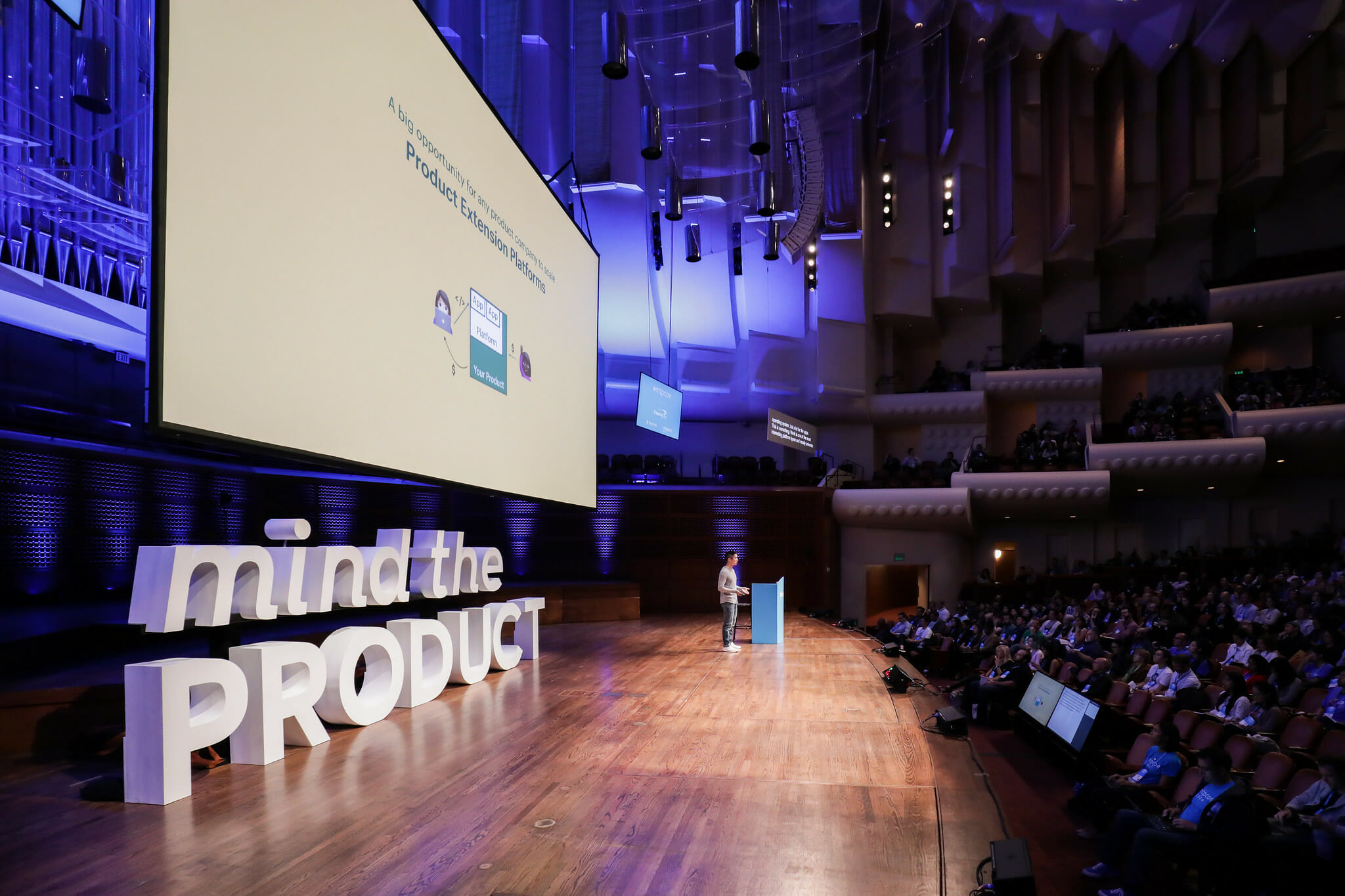
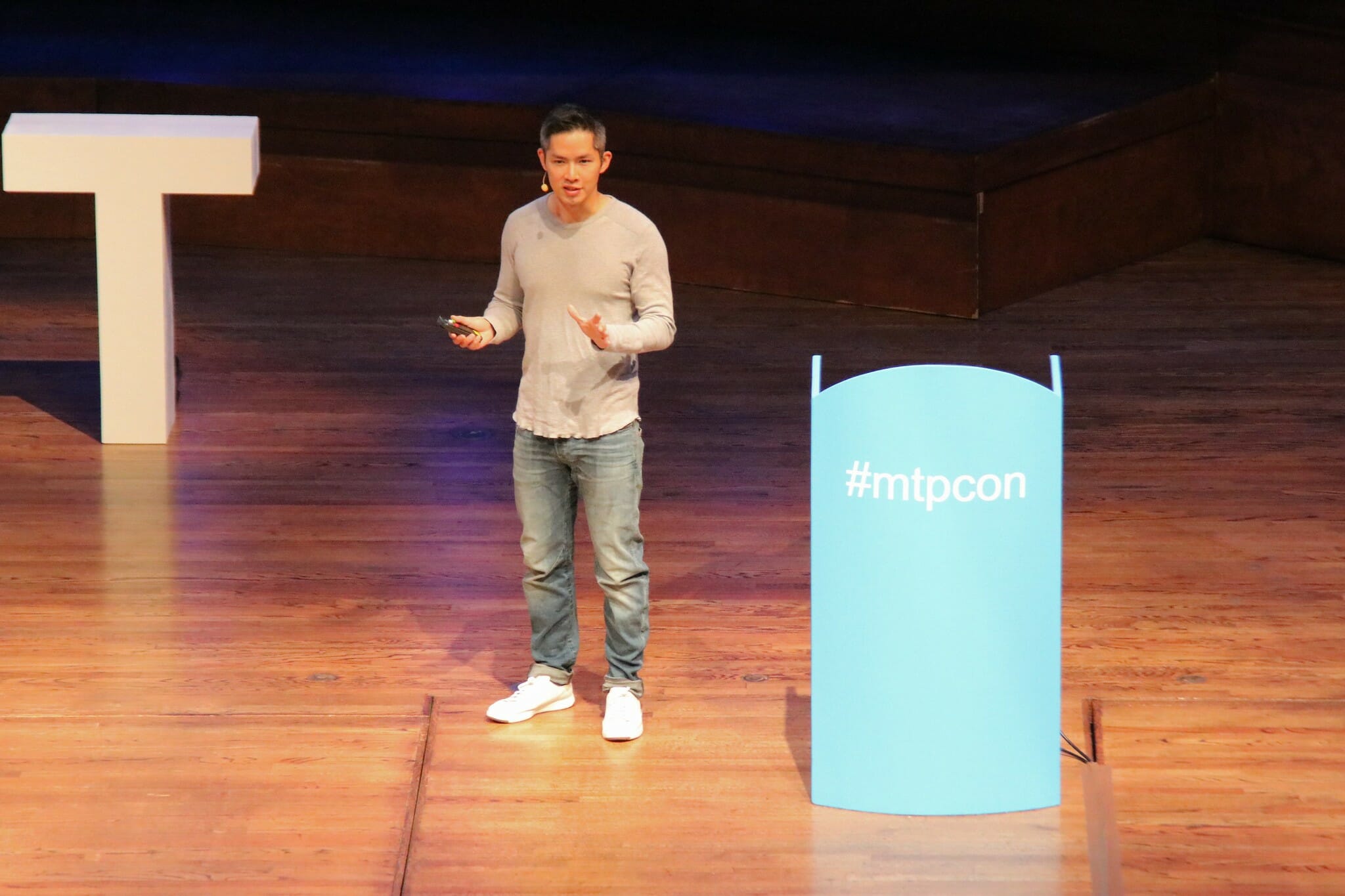
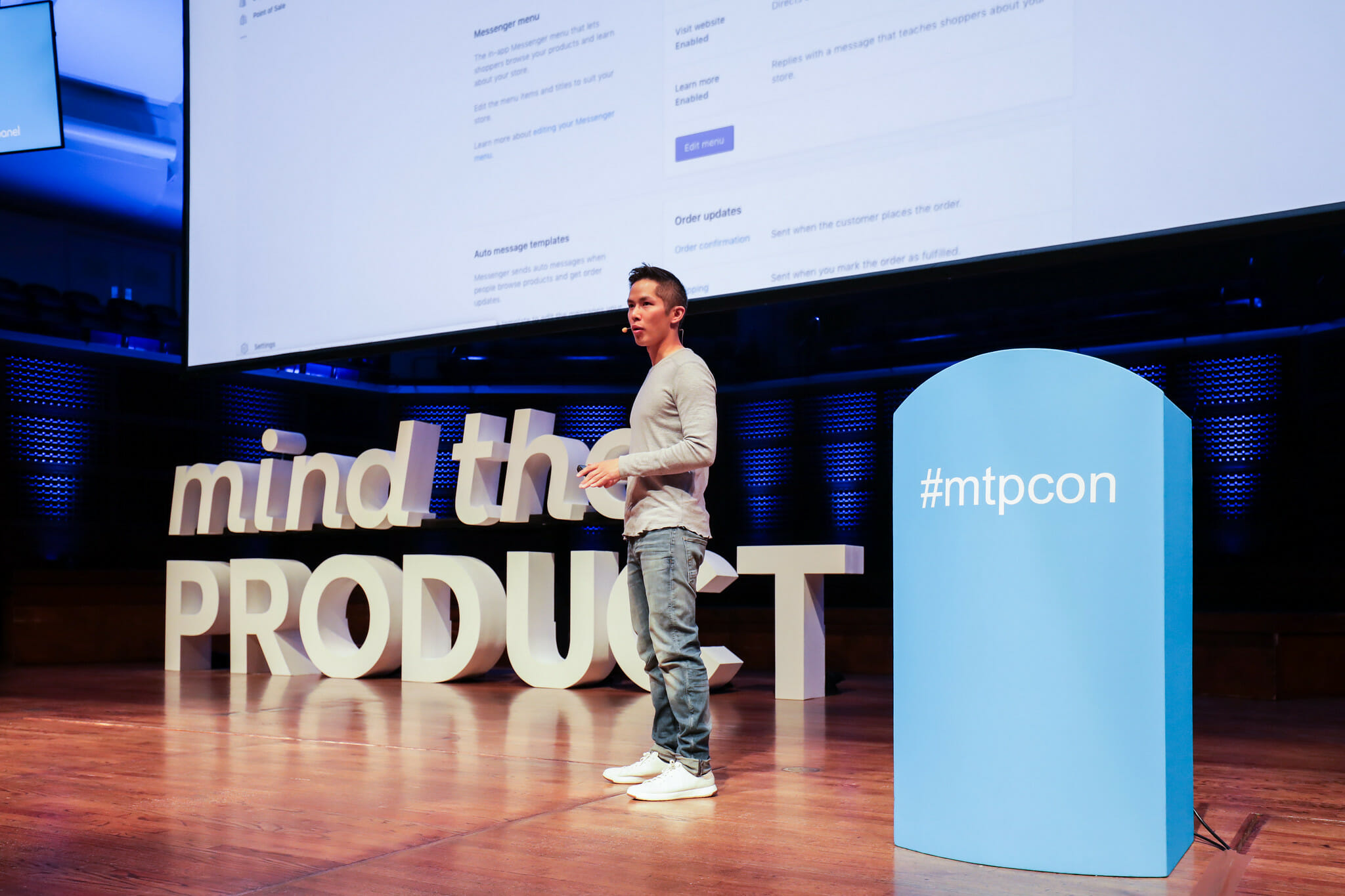










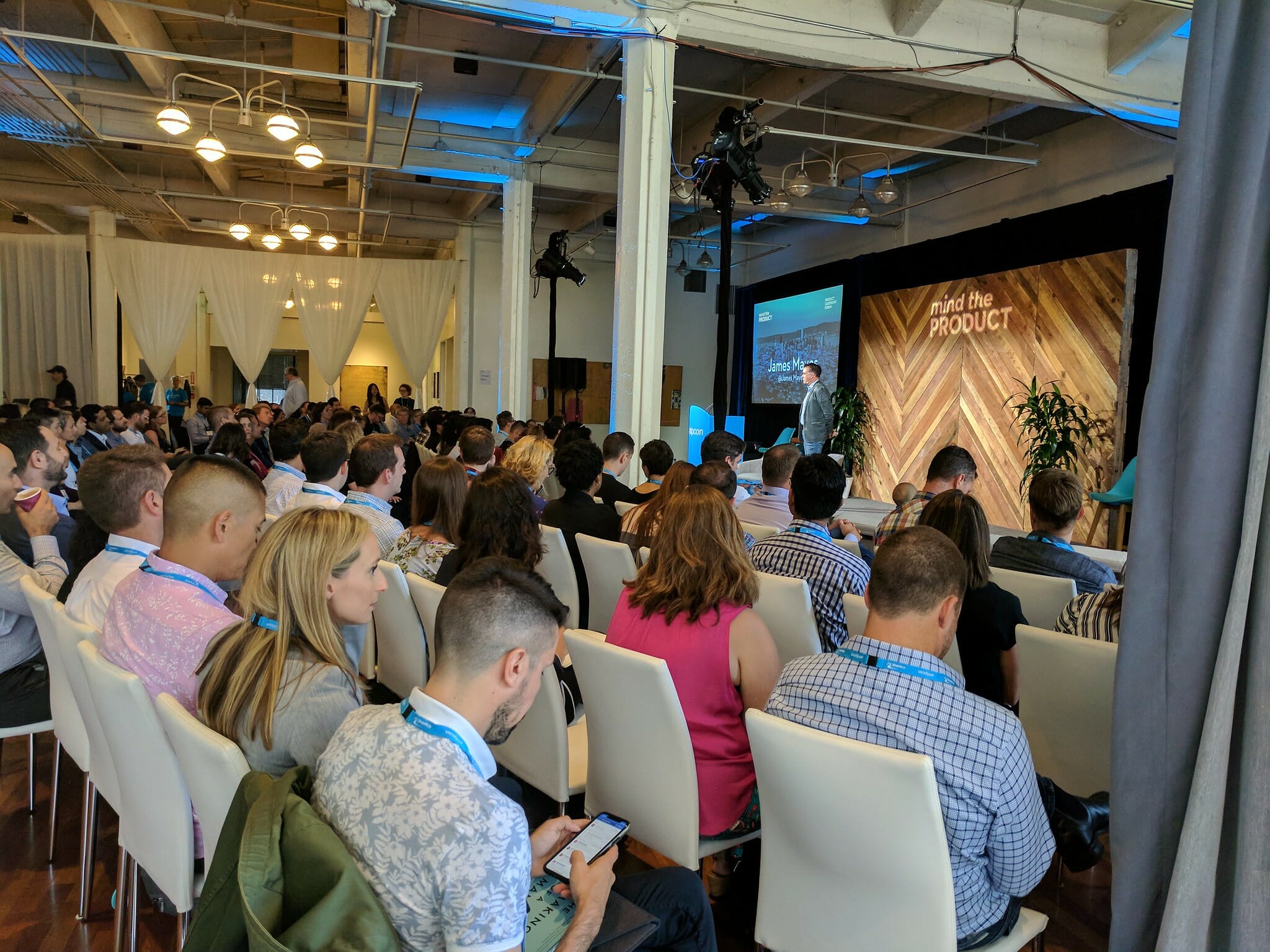 Here are some of the insights that surfaced during this year’s forum.
Here are some of the insights that surfaced during this year’s forum.
 Management Can’t be Learned From a Book
Management Can’t be Learned From a Book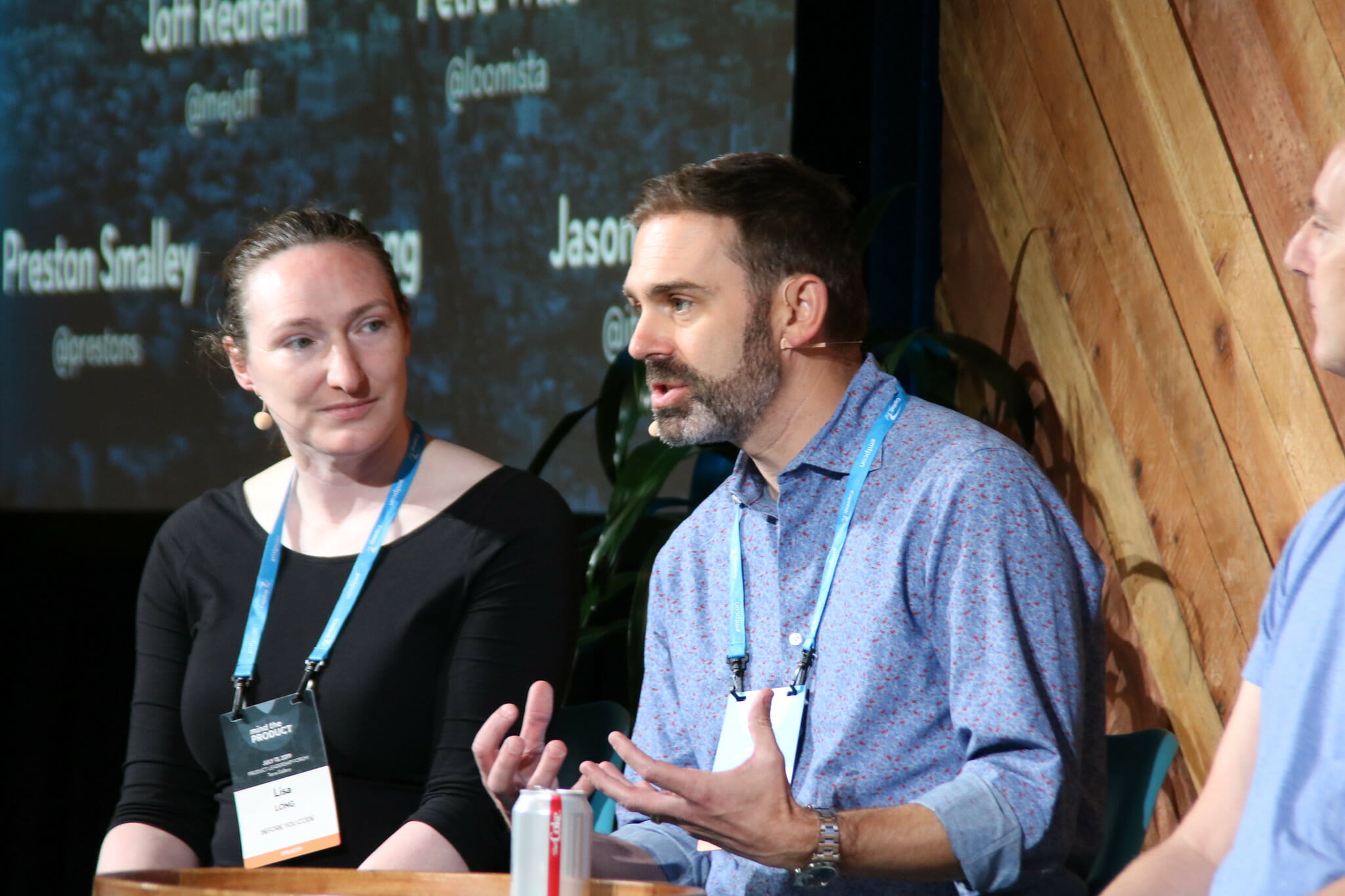 Spotting a Prospective Product Manager
Spotting a Prospective Product Manager Theme 3: Psychological Safety
Theme 3: Psychological Safety Measuring Psychological Safety
Measuring Psychological Safety